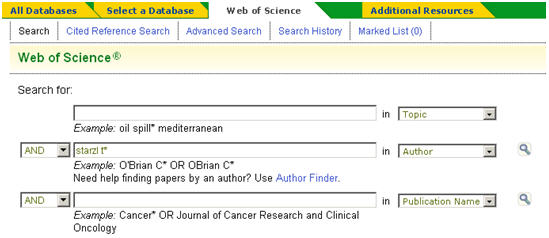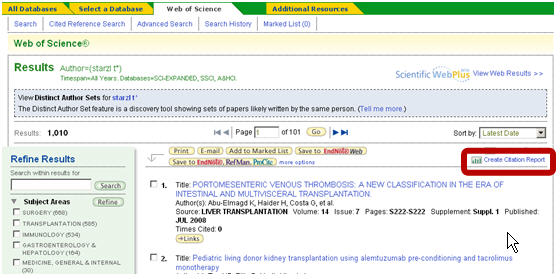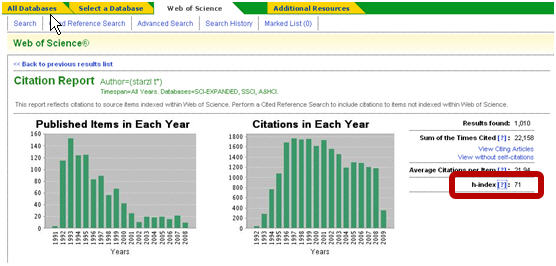Proposed in 2005 by Jorge E. Hirsch, a physicist at the University of California, San Diego, the h-index quantifies scientific output as a single statistic based on both the number and impact of a researcher’s publications.1 An h-index of 40 means that a scientist has published 40 papers that each have at least 40 citations. The h-index conveys the broad impact of work over time and never decreases. It is supposed to be insensitive to the extremes of either non-cited papers or “one-hit wonders.” Authors with similar h-index values are theoretically comparable in overall scientific influence, even if their numbers of papers or citations are very different.
Unlike the journal impact factor, the h-index measures accomplishment, not journal performance. It can be used for groups such as scientific facilities or countries (e.g., to compare United States vs. European Union scientists). Hirsch notes that the h-index in biosciences runs higher than in physics. Since different disciplines have different citation patterns, it should be used to compare only scientists of similar professional age working in similar disciplines.
Critics say that h-index does not differentiate between active and inactive scientists or between timely and outdated works. Complementary indices developed by Hirsch and others correct for bias toward researchers with longer careers and more papers; sensitivity to highly cited papers; number of co-authors; and self-citation.
Are you curious about your own h-index? Three HSLS resources—ISI Web of Science, Scopus, and Google Scholar—include the necessary citation data, but finding it is the easiest in ISI Web of Science:
1. In Search (not Cited Reference Search), search for yourself.

2. In the search results, click on “Create Citation Report.”

3. In the Citation Report, h-index is listed to the right of the bar graphs.

Like the journal impact factor, the h-index is vulnerable to citation data flaws. It will be inflated if articles by multiple authors with the same name are not differentiated. Factors that lower it include inaccurate citations, publication in journals not included in ISI Web of Science, and publications other than journal articles.
In separate studies, h-index ’s validity has been variously confirmed by positive correlations with raw citation counts, awarding of major postdoctoral fellowships, and peer judgments. Still, absent definitive validation studies, the h-index, like the journal impact factor, should be kept in perspective as just one component in the assessment of a scientific career.
1 Hirsch J.E. An index to quantify an individual’s scientific research output. Proc Natl Acad Sci USA. 102, no. 46 (2005):16569-16572.
~ Patricia Weiss